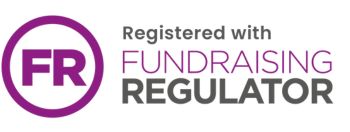The changes, which already apply in Scotland and Wales, come into effect following an eight week consultation and form part of a governmental drive for greater parity between physical and non-physical disabilities.
Findings of the consultation showed that people with hidden disabilities, such as mental health problems or learning difficulties, often face similar travel challenges to those with physical impairments.
Speaking at the time about the expanded scheme, Transport Secretary Chris Grayling said:
“As a society we don’t do enough for people with hidden disabilities. I hope this change to Blue Badge guidance will make a real difference to people’s lives.”
Blue badge holders can park in designated spaces (usually closer to their destination) and can park on single or double yellow lines for up to three hours.
The new criteria extends eligibility to people who:
- cannot undertake a journey without there being a risk of serious harm to their health or safety or that of any other person;
- cannot undertake a journey without it causing them very considerable psychological distress;
- have very considerable difficulty when walking (both the physical act and experience of walking)
The updated eligibility criteria will now encompass some of the hidden effects of a brain injury - for example, when brain injury-related fatigue makes walking long distances difficult or when cognitive or psychological effects make seeking a parking space overwhelming.
How to apply:
A Blue Badge costs up to £10 in England and £20 in Scotland. It’s free in Wales.
To apply you will need the following documentation:
- proof of identity (such as a passport or driving licence)
- proof of address (such as a utility bill less than 12 months old)
- proof of benefits (if you get any)
- your National Insurance number
Check your eligibility and apply for a Blue Badge here.
Back









